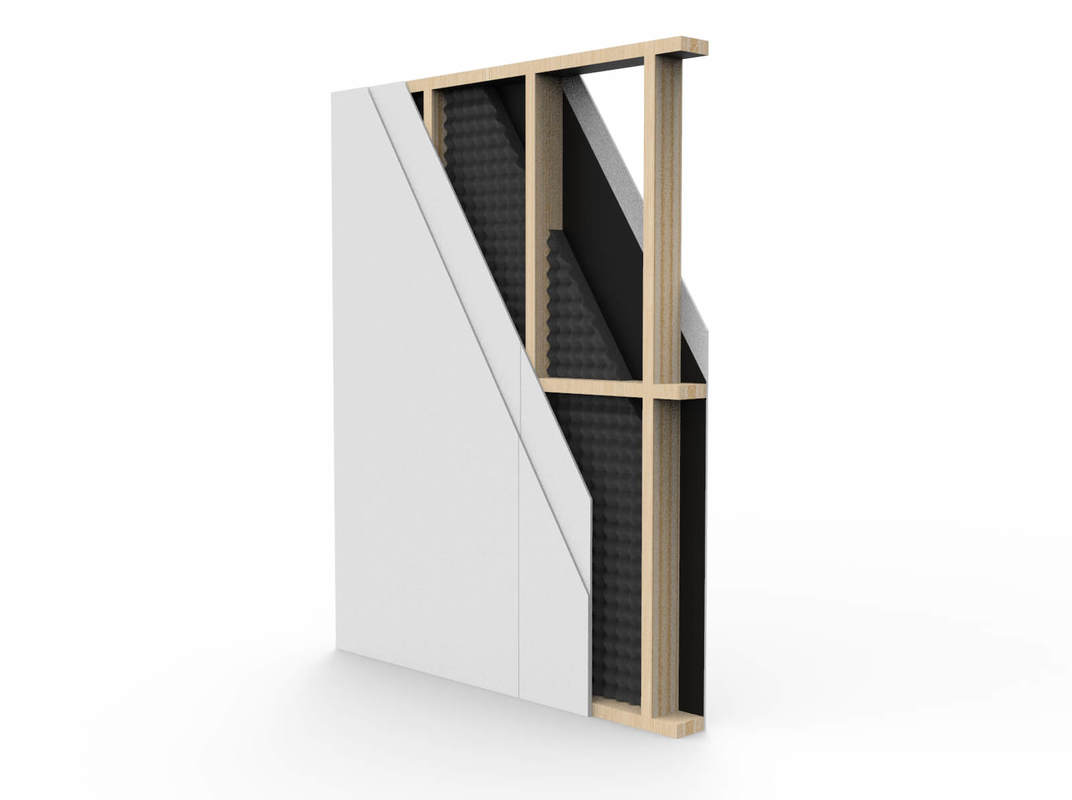How to soundproof: A guide to quieter and more comfortable environments
Addressing noise issues is crucial to creating pleasant and functional environments, whether at home, in the office, or in public spaces. Our short guide will help you understand the basics of soundproofing and how you can achieve a significant improvement in the acoustics of your surroundings. With our solutions, it's easy to reduce unwanted noise and create a harmonious place for work, rest, or leisure.
Why is sound insulation important?
Whether you live in a bustling urban environment or work in a noisy office, excess noise can cause stress, reduce productivity, and impair quality of life. Sound insulation is an effective method of reducing noise from traffic, neighbors, or construction work. It can also improve the acoustics in rooms such as conference rooms, home theaters, or music studios and create peace and quiet in the home, where silence can be crucial for recovery and focus.
Our solutions: Effective and tailored to different environments
We offer products and technologies developed to suit a variety of spaces and needs. For the home, we have sound-absorbing panels and carpets that are suitable for living rooms, bedrooms, and kitchens. In the office, screens and acoustic solutions contribute to a quieter workplace. Public spaces, such as restaurants, schools, and hotels, can benefit from professional sound insulation to improve the guest experience. Even specialized environments, such as studios and home theater systems where sound quality is crucial, can greatly benefit from our products.
How to get started
Start by identifying where the problems are greatest. Is it walls, ceilings, or floors that let sound through? Or is it the room's acoustics that need improvement? With the right choice of materials and placement, you can achieve noticeable results without extensive renovations. We are happy to help you choose the right products and provide guidance for optimal sound insulation.
Create a better environment today
Sound insulation is not just a solution to noise problems – it is an investment in your well-being. By reducing disturbing noises and improving acoustics, you create an environment that feels more inviting, comfortable, and functional. Explore our products and start your journey towards a quieter life today.






